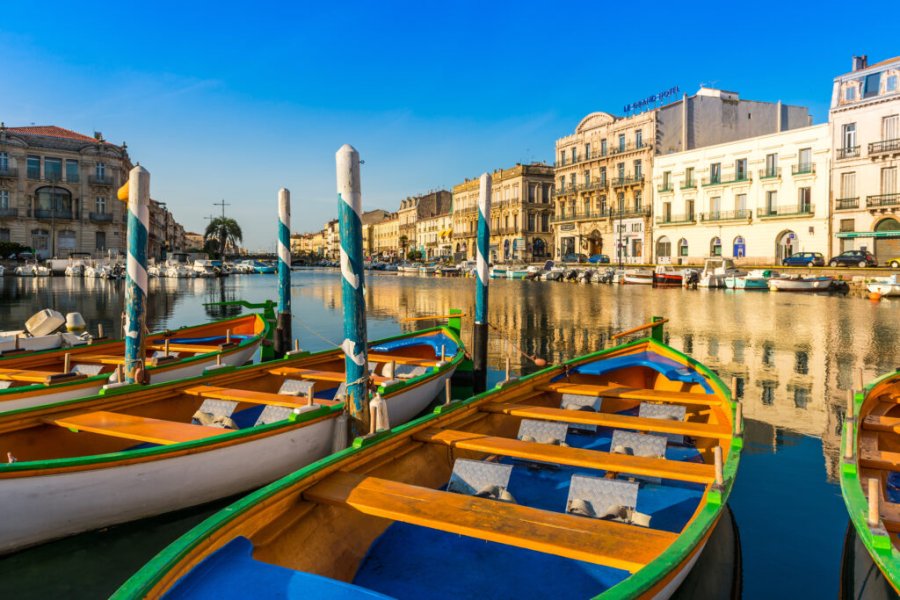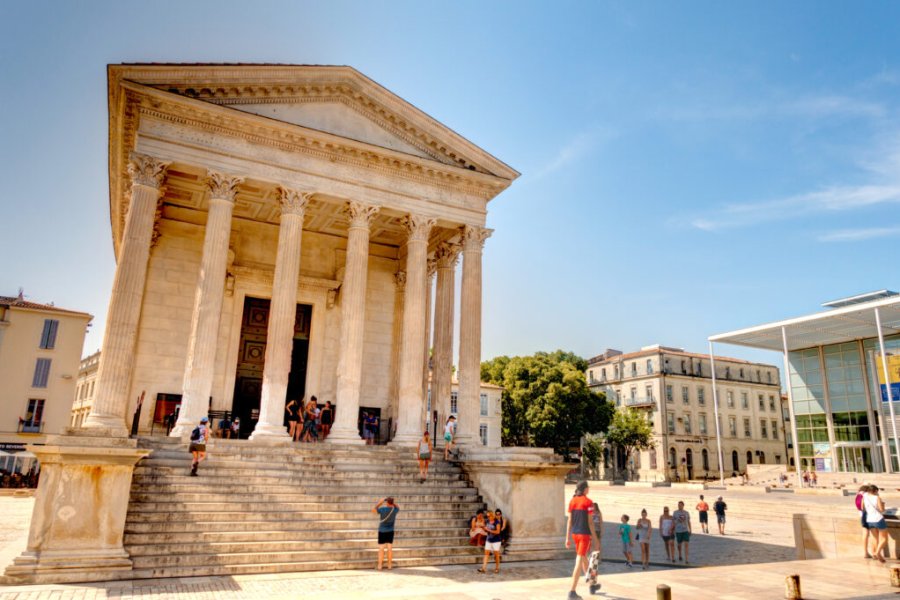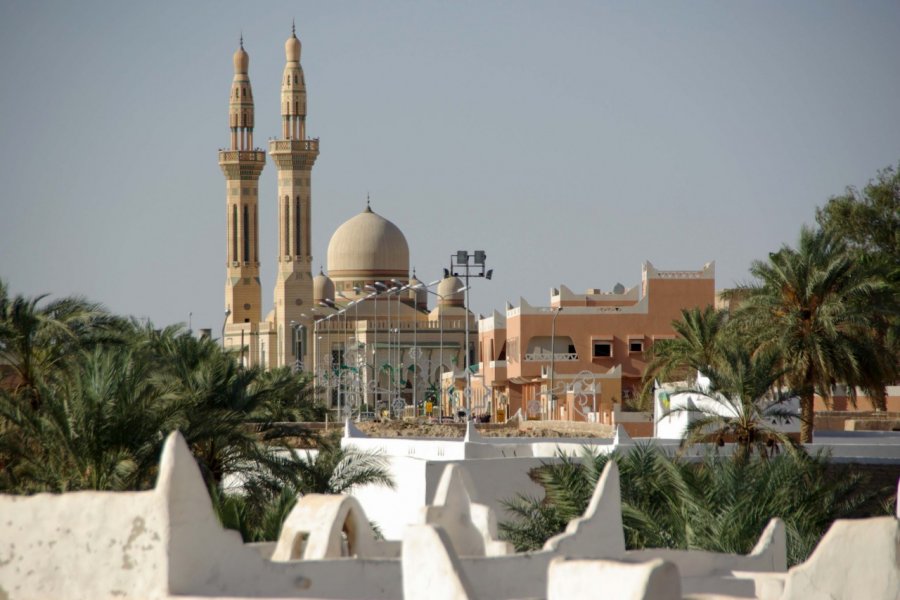Travel Guide Akakus
Find an accommodation
Advertising
To enter this natural park from Ghat or Alawaynat (approximately 150 km from the Wadi Wadi), a permit must be purchased in one of these two cities (your guide will take care of you before departure). The desert of Village is called the Tadrart by the Tuareg, which means "mountains" in tamachek. This is where the most beautiful cave paintings of the Neolithic region are found, dating from different periods and including different styles of rock. This site has one of the largest rock art densities in the world. As a result, his rock heritage has earned Village to be listed on UNESCO's World Heritage List in 1985. It is the Italian professor Fabrizio Mori, above all, that has to enter this fabulous rock heritage in the field of scientific research. There was a long and detailed research in 1955.The Saharan massif of Village, with its large dark rocks lick the sand, is of breathtaking beauty. At present, a few Tuareg families still nomadisent in the Tadrart. You will certainly cross some members of this dozen families, leading their herds of goats or their camels. But most of them moved to Ghat or Alawaynat, where children are enrolled in school. Knowing the Tadrart as their pocket, many Tuareg work as tourist guides and can lead you to discover this wonderful desert. In the evening, under a starry sky or under a huge tan moon of a halo, you will taste the joys of the Saharan bivouac in the light of a little campfire, sipping a strong green tea (all the secret lies in the art of paying it) and very sweet, and enjoying the taguilla, the desert bread cooked in the embers beneath sand. Village Park is the most popular desert area in Libya: if you are lucky enough not to be too close to your colleagues, you will not be able to miss the multiple traces of 4 x 4 left by their passage which sometimes draws true motorways in the bottom of the Wadi (valleys). With the development of tourism, méharées are, in particular, much more respectful of the Saharan environment.Much more picturesque will be the traces you encounter in the sand of small animals living in the desert: small beetles, fennecs, jerboas, goundi (telout in the Tuareg, sort of big mice), crows, and moula-moula, as the Tuareg who know it well, or wheatear wheatear in the francophones, a pretty black and white bird that is even able to mimic other birds or mammals! As for the vegetation of these desert areas, it is naturally sparse but contains some specimens which will certainly keep the attention of non-specialists. First of all, the apple tree of Sodom (tohra in Tuareg language), a shrub to the large rounded leaves that make purple flowers. These leaves are toxic to animals when they still have their sap. Indeed, the secretes plants that are particularly dangerous for eyes (so not touch). However, it is used in traditional remedies. Apple trees in Sodom are often grouped together in the trough of some wadi. Picturesque are also the "fields" of desert squash that sometimes line sandy soil. The squash are not edible, except their seeds when dried and prepared. Finally, the thorny foliage of acacias is sometimes the only shade in which to draw the lunch table.There is no pre-established itinerary to visit Village and your guides will take it for you. Here is one of the routes to explore some of the main sites, for a 4 x 4 stay at Ghat.1 st day: soon after the village of Al-Barkat and the oasis, we embarked on a trail along the Algerian border where a few French military vehicles still bear witness to the fighting that took place here during the Second World War. After the check-in, where the entry formalities and verification of the passport are carried out, the Traversée crossing will begin, followed by a first night of bivouac (for example, in the Passage passage).2nd day: visit of some rock sites of the Wadi Wadi and then the parallel Wadi, the Wadi Wadi, first by the Arche ark, gigantic and very impressive because nature seems to be here the architect! The Wadi Wadi Wadi offers a rich range of local traditions. There are beautiful pastoral scenes painted in caballin style. On one of the sites featuring camélin style engravings, inscriptions in tifinagh and cows, animal footprints were engraved: it is not clear when the latter correspond. On the walls of a cave, a magnificent painting of the tradition of "Round Heads" shows two great characters (more than one metre). Not far away, in the Wadi Wadi, dominates the bovidienne period with, in particular, an imposing 2,70 m thick bull. There are also circular signs of the so-called archaic tradition.3rd day: after refuelled and refreshed at the well of Almenir (one of the two main wells of Village with the Puits well near the Erg Ouan Kassa), you are part of the meeting of the Arche Ark. This natural arch looks like huge tree trunks, far too big to be terrestrial! Next, we will move towards the Wadi Wadi, which abounds in cave painting sites. A beautiful engraved elephant (a smaller figure on the left) testifies to the late presence of the animal in the region. The caballin style dominates in this Wadi Valley, where you can find a splendid dall hunting scene and carriages from horses that seem to fly! You will also surely discover some beautiful painted giraffes. There are also two guilta within walking distance, at the end of a very nice path where a delicate vegetation is pushing (the path reached for the second). These little points of water, where even some dragonflies fly, are one of the unsuspected treasures of the desert. In this Wadi live an old Tuareg who accompanied Professor Mori in his scientific explorations over the rock sites, and to whom the guides do not fail to visit. Uan Amil's beautiful personnages characters, with their hair strand pushed forward, have given their name to a regroupée cave tradition. Not far from the site is a small cemetery and a Tuareg mosque. The latter is made of stones planted on the ground forming a perimeter where the direction of Mecca is indicated. Erotic engravings of the bovidienne tradition adorn the site of the Ti-n-Lallan Wadi. There are also théromorphes (creatures with a man's body and animal head) belonging to the same tradition. One of them depicts a scene of intercourse between a richly trimmed woman and a théromorphe whose head is probably that of a jackal. 4 th day: on the road to the Wadi Wadi! The dunes of the Erg Ouan Kassa mark the end of. We enter the Messak Settafet through the Wadi Wadi, at the outlet of which many ends of fossilized trunks are found: pines from the Araucariacées family, which inhabited the Messak plateau 100 million years ago, so long before prehistory. The cave engravings of animals of the I-n-Aramas wadi, surrounded by the black stone landscape of the Messak Settafet, are magnificent. Then, the Wadi Wadi, then the Wadi Wadi, runs north the Erg Mourzouk (or Idehan Mourzouk, or sand sea). The sand dunes in the thousand curves of the Erg Mourzouk are the ideal place for a bivouac in the purest Saharan style: sand dunes and stars, only and in abundance! It would take about one week in 4 x 4 for the complete crossing of this dune erg, a crossing known for its extreme difficulty and which is reserved only to a highly experienced elite in Saharans. In the Wadi Wadi, facing the Erg Mourzouk, there is a vast circular area irrigated by pivot ramps, which you may cross. These green grain or alfalfa boundaries are quite amazing in the desert! This is one of the major Saharan agriculture projects that were in vogue a time in Libya, mainly in Kufra. The irrigation water is taken from the huge water table of Des de Nubia, the same tablecloth that feeds the Great Artificial River.
Suggested addresses Akakus
Weather at the moment
Advertising
Organize your trip with our partners Akakus
Transportation
Book your plane tickets
Car Rental
Boat rental
Accommodation & stays
Find a hotel
Holiday rental
Find your campsite
Tailor-made trip
Immersion travel
Services / On site
Activities & visits
Find a doctor




